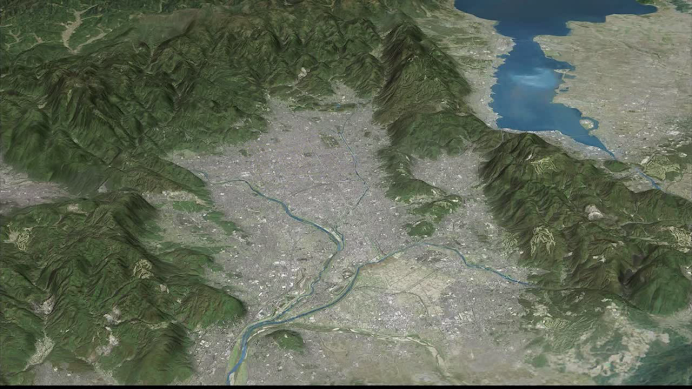

Skating for Japan in the the Vancouver 2010 Olympics is Oda Nobunari the 17th direct descendant of Oda Nobunaga. Nobunaga helped to unify Japan in the late 16th century. In 1582 one of his generals, Akechi Mitsuhide, betrayed him and attacked the temple, Honnō-ji, where Nobunga was staying. Nobunaga committed suicide at Honnō-ji during that attack.
Recently, young Nobunari came to Kyoto to pray at Honnō-ji for success in the Winter Olympics. The priests at the temple also prayed for his success. One wonders if he ventured north to Kenkun Jinja on Funaoka Yama or to Amida-ji on Termachi a bit NE of Shokoku-ji. It is said that Nobunaga's ashes are kept at Amidaji and his soul is enshrined at Kenkun Jinja. .

Hi there... I have an interest in Nobunaga's graves since I've visited both the Honno-ji one and that at Amida-ji, which I was told was the correct one. (Honno-ji was at a different location at the time of Nobunaga's death.) I've been to Kenkun Jinja, and though Nobunaga is enshrined there I'd be surprised if they had any of his ashes because of the Shinto taboo on death pollution. Recently I visited Azuchi yama and to my immense surprise, there is a pleasantly atmospheric grave area for Nobunaga there too on top of the hill. A nearby noticeboard says that it contains his 'eboshi', his kimono and his katana.... Nonetheless it was there that Hideyoshi held the Buddhist rites to pacify his soul, testimony to the notion that the spirit of the dead lingers on in the possessions they have....
ReplyDeleteYou are absolutely right. There are no ashes at Kenkun Shrine, only his armor and a sword of his enemy. Although his soul was enshrined here in the Meiji Period and his ashes and true grave are at Amida ji, people tend to go to Honno-ji to honor him.
ReplyDelete